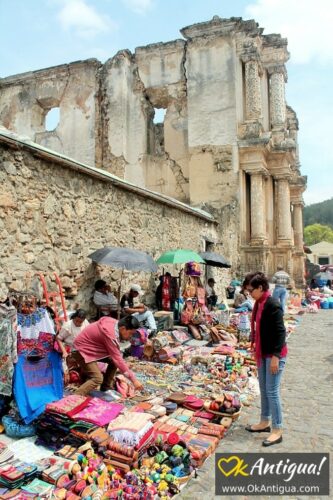 Michelangelo, 1499, Marble, Dimensions 174 cm × 195 cm (68.5 in × 76.8 in), St. Peter's Basilica
Michelangelo, 1499, Marble, Dimensions 174 cm × 195 cm (68.5 in × 76.8 in), St. Peter's Basilica This famous work of art depicts the body of Jesus on the lap of his mother Mary after the Crucifixion. The theme is of Northern origin, popular by that time in France but not yet in Italy. Michelangelo's interpretation of the Pietà is unique to the precedents. It is an important work as it balances the Renaissance ideals of classical beauty with naturalism. The statue is one of the most highly finished works by Michelangelo
The Madonna is represented as being very young, and about this peculiarity there are different interpretations. One is that her youth symbolizes her incorruptible purity, as Michelangelo himself said to his biographer and fellow sculptor Ascanio Condivi:
Do you not know that chaste women stay fresh much more than those who are not chaste? How much more in the case of the Virgin, who had never experienced the least lascivious desire that might change her body?
Another explanation suggests that Michelangelo's treatment of the subject was influenced by his passion for Dante's Divina Commedia: so well-acquainted was he with the work that when he went to Bologna he paid for hospitality by reciting verses from it. In Paradiso (cantica 33 of the poem) Saint Bernard, in a prayer for the Virgin Mary, says "Vergine madre, figlia del tuo figlio" (Virgin mother, daughter of your son). This is said because, being that Christ is one of the three figures of Trinity, Mary would be his daughter, but it is also she who bore him.
A third interpretation is that suggested by Condivi shortly after the passage quoted above: simply that "such freshness and flower of youth, besides being maintained in by natural means, were assisted by act of God".
Yet another exposition posits that the viewer is actually looking at an image of Mary holding the baby Jesus. Mary's youthful appearance and apparently serene facial expression, coupled with the position of the arms could suggest that she is seeing her child, while the viewer is seeing an image of the future.
Finally, one modern interpretation suggests that the smaller size of Christ helps to illustrate his feebleness while in his state of death; no longer living, he now appears small in his mother's arms.
Interpreting the sculpture in terms of its name, one might trace the origin: "The duty children owed their parents, termed pietas, was associated by Romans with the duty humans owed their gods" (James S. Jeffers, The Greco-Roman World of the New Testament Era: Exploring the Background of Early Christianity, Downers Grove, Ill. InterVarsity Press, 1999). HERE
 Antigua, Guatemala, a Procession passes over the handmade ¨Alfombras¨ (colored sawdust, flowers, seeds)
Antigua, Guatemala, a Procession passes over the handmade ¨Alfombras¨ (colored sawdust, flowers, seeds)A Holy Week procession is an event taking place in Holy Week, most often in a country with traditional Roman Catholic culture.
Palm Sunday: The day when Jesus arrived in Jerusalem.
Holy Thursday: The day when Jesus gave Last Supper with His Apostles, followed by the beginning of his passion.
Good Friday: Jesus' crucifixion, performed in 14 stations.
Holy Saturday: Loneliness of the Blessed Virgin Mary and the day that Jesus Christ's body lay in the tomb.
Easter Sunday: The resurrection of the Christ. HERE
·Thanks to Wikipedia
·Thanks to Antigua, Guatemala
·Thanks to Michelangelo























_-_James_Tissot_-_overall.jpg)
















5 comments:
"Yet another exposition posits that the viewer is actually looking at an image of Mary holding the baby Jesus."
Wow, that sounds a little like the mood I conveyed in my 13th station of the cross post! I did not know it was a full blown theory!
Yes, it´s the way that we see things that makes the World be things...
Happy Easter Dear K!
I'd never given thought of the Madonna's youth before. Logically, she would be at least near 50--aged by ancient standards. And while I'm no one to dispute Michelangelo and the experts, something in me says her youth represents new life purchased by her Son's death, a cleansing of the past and resurgence of innocence and hope.
Thank you for this, Leonardo. It transforms the sadness of this image with illustrious joy!
...and a joyous Easter season to you, my dear Leonardo!
So interesting. A blessed Easter to you and thank you for one of the most interesting blogs this Easter season.
Like Tim, I had never thought of age but saw simply a mother and her son. The pain for me always overcame the actual faces.
Post a Comment